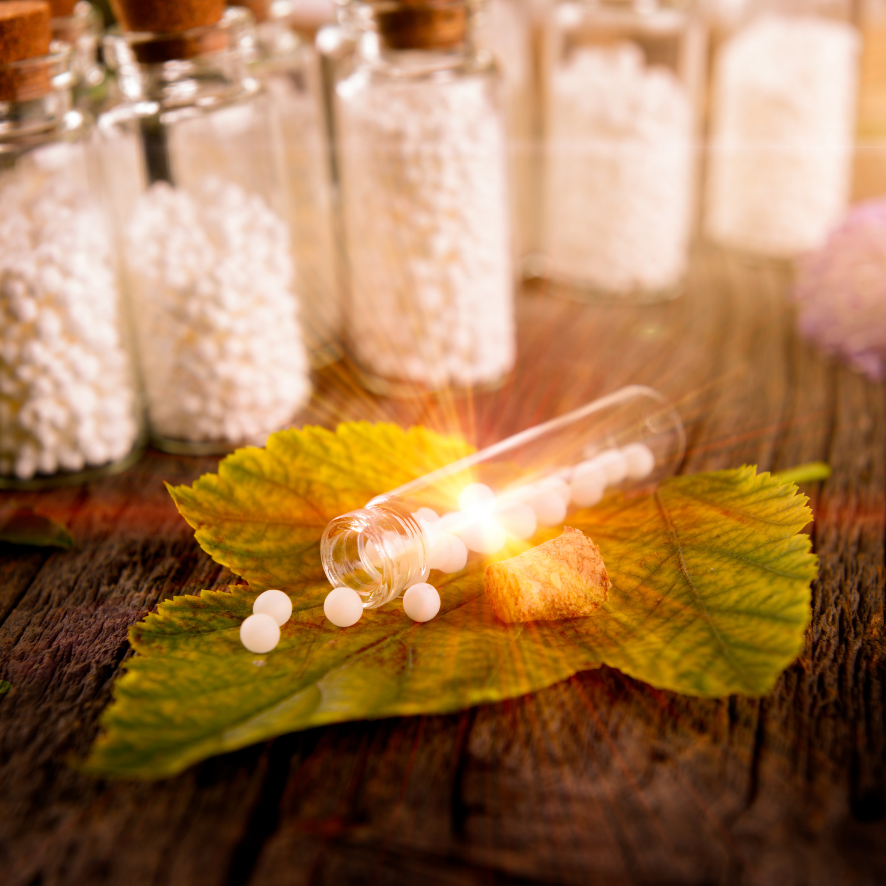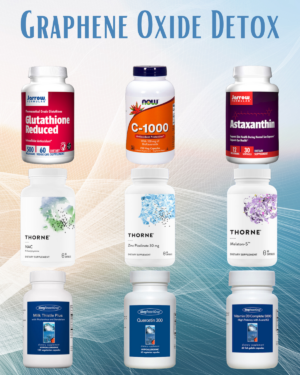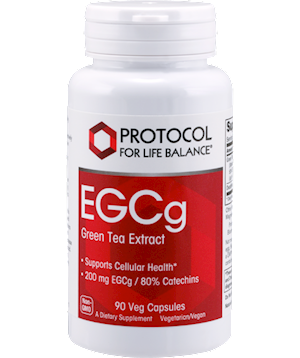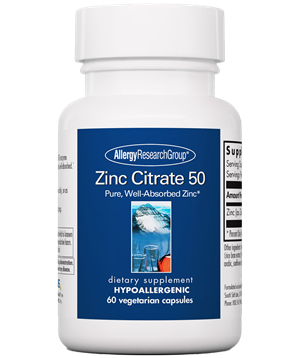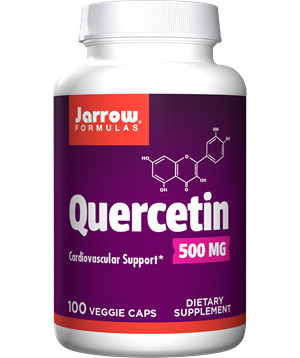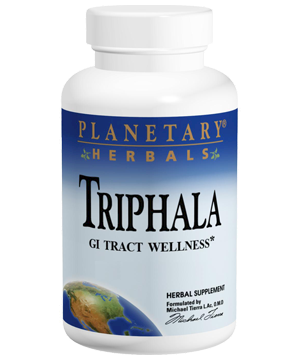
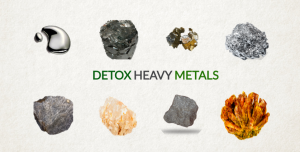 Heavy metals, including mercury, lead, aluminum, and others, accumulate in the body over time and are suspected of triggering dangerous conditions such as heart disease, thyroid problems, dementia (and other neurological conditions), autism, infertility and birth defects. The good news is that a heavy metal detox can remove these toxins from your body and reduce their negative impact on your health. In this article, we will explore ‘What is a Heavy Metal Detox?’ and effective methods of detoxification.
Heavy metals, including mercury, lead, aluminum, and others, accumulate in the body over time and are suspected of triggering dangerous conditions such as heart disease, thyroid problems, dementia (and other neurological conditions), autism, infertility and birth defects. The good news is that a heavy metal detox can remove these toxins from your body and reduce their negative impact on your health. In this article, we will explore ‘What is a Heavy Metal Detox?’ and effective methods of detoxification.
In normal circumstances, your liver, lungs, kidneys, and other organs efficiently eliminate toxins that are released into the environment by human activities, or ingested through food, beauty products and medications. However, a sedentary lifestyle and a diet high in processed foods hinders the body’s natural detoxification system. Heavy metals can embed themselves in the central nervous system and bones, bioaccumulating for years until acute health problems from heavy metal poisoning arise.
What Are Heavy Metals?
Metals with a relatively high density compared to water are referred to as heavy metals. Not all heavy metals are toxic in low doses; for example, iron is the main component of hemoglobin, a transporter of oxygen in the blood. However, even iron in high doses is toxic to the body.
The term “toxic metals” is frequently used to refer to thallium, cadmium, manganese, lead, mercury, and radioactive metals. Additionally, metalloid substances have some properties of metals and some of nonmetals. Such substances include arsenic and polonium. These heavy metals are emitted by vehicles, as well as trash from mining, natural gas, paper, plastic, dye, and coal industries.
5 Biggest Heavy Metals You Need to Know About
Some of these types of heavy metals and where you might find them, their symptoms, and causes include the following:
Aluminum
- Aluminum, naturally found in air, water, and soil, increases from mining.
- Harmful effects include root problems, cellular changes, and issues for aquatic life.
- Global soil acidity harms crops, leaving toxic aluminum ions; nonessential in microorganisms, it disrupts enzymes, impacting cellular processes and causing neurotoxic effects in humans.
Arsenic
- Arsenic, a common element, is in toxic forms like arsenite and arsenate.
- Drinking contaminated water or accidental ingestion causes acute poisoning.
- Arsenic harms cells, affecting respiration, enzymes, and mitosis; contamination results from pesticides or improper disposal, leading to toxicity and potential cancer development.
- Long-term exposure to arsenic can cause cancer, skin lesions, cardiovascular disease, and diabetes, and increases the risk of lung and kidney cancer.
Cadmium
- Cadmium, a toxic metal from making zinc, is in workplaces and the environment.
- Breathing or eating it builds up in the body for life.
- Used in batteries and coatings, cadmium harms workers, and high pollution in China affects plants, causing stress and nutrient problems in fruits and veggies.
- Cadmium can cause complications such as cough, anemia, and kidney failure, potentially resulting in death.
Lead
- Lead, a harmful metal, globally pollutes due to its widespread use in industry, food, smoking, and common items like bullets.
- In the US, vehicle exhaust release 100-200,000 tons of lead annually, harming plants and human health.
- Lead poisoning symptoms include Abdominal pain, Constipation, Fatigue, Irritability, Loss of appetite, Memory loss, and Pain or tingling in the hands and feet.
- Prolonged exposure to high levels of lead can result in anemia, paralysis, kidney and brain damage, and even death.
Mercury
- Mercury, a natural metal, becomes a gas when heated, and human activities like farming and industry spread it, harming the oceans.
- Mercury in water comes in metallic, inorganic, and organic forms, differing in how harmful and available it is.
- Eating polluted sea animals is a major way people get exposed, causing the concentration of toxic methylmercury, harming the brain, cells, and organs.
- Mercury poisoning symptoms include peripheral neuropathy, profuse sweating, hypertension, psychiatric symptoms, and, notably in children, stronger and potentially irreversible effects.
What is Glyphosate?
Glyphosate, a pervasive chemical, is now found globally. Any comprehensive discussion on toxins is incomplete without acknowledging their widespread presence.
Glyphosate, also known as Roundup, is a highly toxic herbicide found in genetically modified foods like corn, soy, canola oil, lentils, peas, beans, sugar beets, and even in non-GMO wheat due to pre-harvest drenching. It accumulates in the body, mimics glycine (an amino acid that regulates intestinal microbiome), disrupts liver detox, and facilitates the crossing of heavy metals into the brain.
Glyphosate contains chlorophyll benzene, a toxic chemical banned in France in 2007, the UK in 1992, and Canada in 1985. However, Roundup is still sprayed over crops from airplanes today in the USA and other countries where it remains unrestricted.
Glyphosate contamination is prevalent, with nearly 100% detection in US urine tests, while Europe, having banned its use, shows lower levels in tests.
Symptoms
Common symptoms linked to heavy metal poisoning include:
- Brain fog
- Fatigue
- Anxiety and depression
- Headaches/migraines
- Systemic inflammation (Sinus, Allergies etc.)
- Digestive issues and bloating
- Chronic pain
- Night sweats
- Autoimmunity imbalances
Understanding Heavy Metal Exposure
We are exposed to heavy metals daily through microparticles in the environment, food, medicine, occupation, and personal care products. Our exposure accumulates over time and can end up in our organs.
Some of these sources include the following:
- Fossil fuel emissions
- Industrial waste
- Pesticides that are used on crops
- Smoking tobacco
- Soil erosion
What Is a Heavy Metal Detox? (Herbal Heavy Metal Detox)
Heavy metal detox involves removing accumulated metals, such as mercury and lead, from the body. Testing, like hair analysis or blood tests, can confirm toxicity. The process aims to cleanse the brain, nervous system, kidneys, liver, heart, lymphatic, and respiratory systems.
Detoxing is key, but many Americans struggle with it. Unfortunately, heavy metal poisoning is becoming more common these days, making it important to be able to detox safely.
Chelation therapy, a common method, uses agents to bind and eliminate metals through urine. This detox can be natural, involving dietary changes, herbs, and supplements, promoting excretion through urine, feces, sweat, and breath.
Benefits of Heavy Metal Detox
The following are some of the benefits of performing a heavy metal detox:
- Reduced free radical damage/oxidative stress
- Improvements in energy levels
- Enhanced immunity and gut health
- Better digestive function
- Mental performance enhancements (attention, memory, learning, etc.)
- Improved skin health
Heavy Metal Detox Diet
To begin, modifying your diet should be the initial step towards bettering your general health. What foods can aid in the removal of heavy metals from the body?
Heavy Metal Detox foods include:
- Leafy green veggies like kale and spinach are powerful in detoxing heavy metals.
- Herbs and spices such as cilantro and parsley help remove heavy metals and reduce inflammation.
- Vitamin C-rich fruits like oranges and veggies like broccoli act as antioxidants, reducing damage from metal toxicity.
- Garlic and onions, with sulfur, aid the liver in detoxifying heavy metals like lead and arsenic.
- Hydration is crucial; drink water or vegetable juice every two hours to flush out toxins.
- Flax and chia seeds, rich in omega-3 fats and fiber, support colon detoxification and reduce inflammation.
- Bone broth hydrates, provides minerals, supports the liver with glutathione, and strengthens organs.
Foods to avoid while detoxing include:
- Farmed fish – Choose wild-caught fish, avoiding tilefish, swordfish, shark, king mackerel, and bigeye tuna to reduce heavy metal exposure.
- Food allergens – Watch for allergens and inflammation, as they may hinder the body’s detoxification from heavy metal poisoning.
- Non-organic foods – Prefer organic foods to minimize exposure to chemicals, especially avoiding conventional apple juice and brown rice products that worsen symptoms.
- Foods with additives – Avoid foods with additives, which can worsen toxicity symptoms and disrupt detoxification processes.
- Alcohol – Limit alcohol intake to prevent toxicity, making it easier for the liver to process toxins and support detoxification.
One Effective Method of Heavy Metal Detox
IV or Oral Chelation Therapy:
IV chelation Involves administering substances like EDTA (Ethylenediamine tetraacetic acid) intravenously to bind with heavy metals in the body and eliminate them through urine. You can do oral EDTA chelation which is also effective, it just takes a little longer. Learn more: https://www.holistichealthonline.info/product/edta
Final Thoughts
Heavy metals, like mercury, lead, cadmium, and arsenic, can be harmful even in small amounts. Pollution, contaminated food and water, metal dental fillings, and certain household or beauty products can cause heavy metal toxicity. Detox methods use foods, herbs, and treatments to eliminate metals through urine, feces, sweat, and breath.
Effective options include chelation therapy, bentonite clay, milk thistle, triphala, bone broth, bitter leafy greens, algae, raw juices, and herbs. During a detox, symptoms may worsen before improving as the body cleanses and adjusts.
DETOX
-
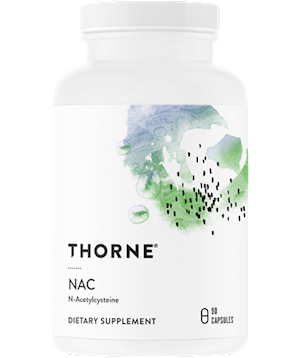
NAC 500 mg. 90 caps
$29.00 -
Sale!
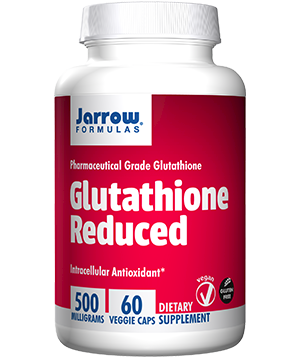
Glutathione Reduced 500 mg 60 caps
Original price was: $45.99.$41.39Current price is: $41.39. -
Sale!
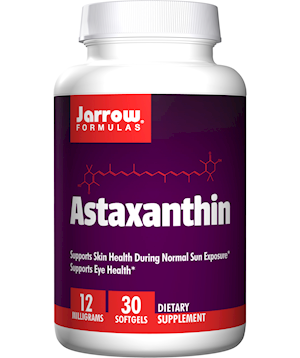
Astaxanthin 12 mg 30 gels
Original price was: $32.49.$29.00Current price is: $29.00. -
Sale!
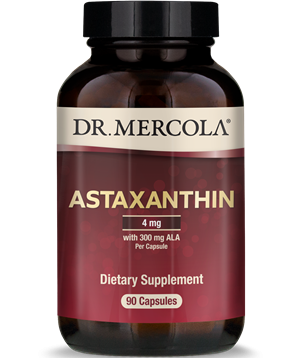
Astaxanthin 90 caps
$44.99 – $115.97 -
Sale!
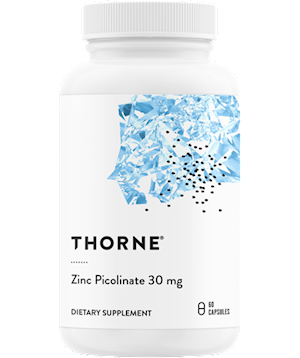
Zinc Picolinate 30mg 60 caps
Original price was: $15.00.$13.75Current price is: $13.75. -

Orgonite Shungite Pyramids
$120.00 – $480.00 -
Sale!
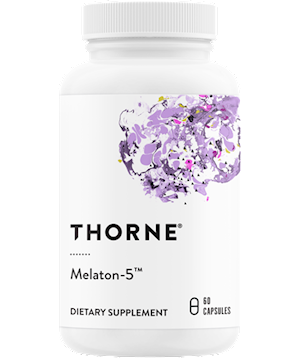
Melaton-5 Melatonin
Original price was: $19.00.$17.50Current price is: $17.50. -

Black Shungite Orgonite Charge Plates
$100.00 – $200.00 -
Sale!
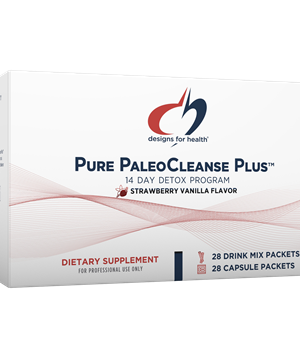
Pure PaleoCleanse Plus 14 Day Detox
Original price was: $174.99.$156.60Current price is: $156.60. -
Sale!
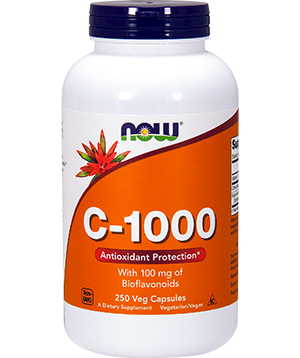
NOW Vitamin C 1000 mg
Original price was: $29.99.$26.00Current price is: $26.00. -
Sale!
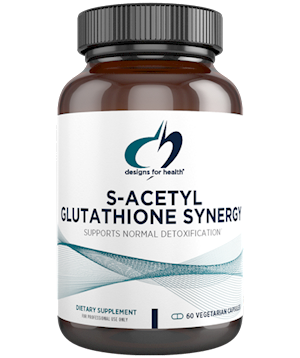
S-Acetyl Glutathione Synergy 60 vcaps
$66.99 – $115.50 -
Sale!
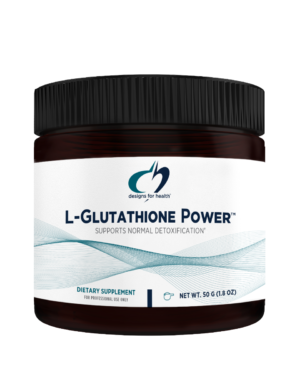
L-Glutathione Power 50 gms (powder)
Original price was: $117.46.$104.20Current price is: $104.20. -
Sale!
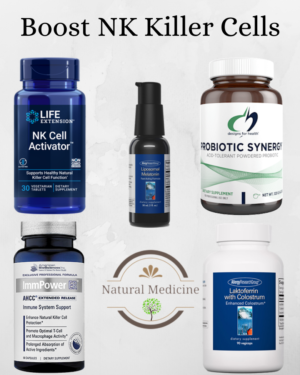
Boost Natural Killer (NK) Cells
Original price was: $277.18.$209.00Current price is: $209.00.
























